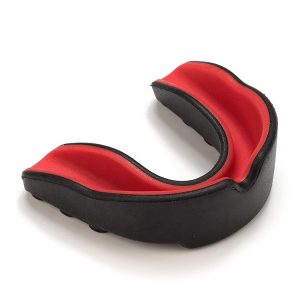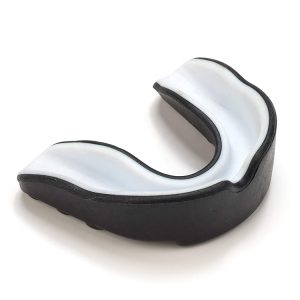A Tasteless, no taste when biting, must pass any safety toxicity test B Hardness should be soft enough C Mouthguard shape is easy to bite D Can be shaped multiple times E Thickness should be able to strengthen anti-collision
A B D Depends on the formulation of the raw materials
The material of the mouthguard is mostly POE or EVA, please encyclopedia
POE plastics are thermoplastic elastomers that use metallocene catalysts for in-situ polymerization of ethylene and octene.
EVA is the copolymerization of ethylene and acetic acid, Chinese chemical name: ethylene-vinyl acetate copolymer (ethylene-vinyl acetate copolymer), English chemical name: Ethylene Vinyl Acetate Copolymer. EVA has a wide range of applications
At present, the best one is EVA. The hardness can be adjusted and it is relatively soft. The POE is too hard and can be reshaped more times. It has strong plasticity and high safety. Transparent EVA is not easy to add materials.
C E depends on the mold
1. There should be a texture close to the shape of the teeth on the bottom of the mouthguard, which will facilitate the bite when setting the shape. I have seen friends who have bitten the mouthguard with a flat surface and have to bite hard to set the ideal shape.
2. The thickness depends on the size of the mold. The thicker the protection level, the higher the protection level. Of course, the dosage is heavier and the cost is higher.





















